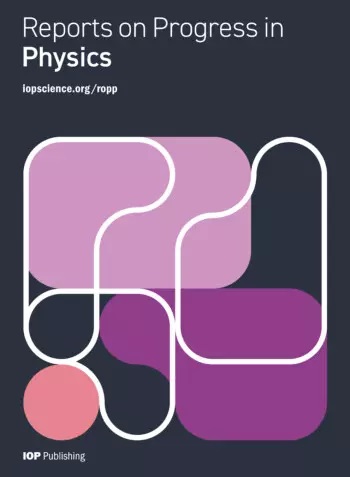光纤传感技术超灵敏检测眼内液中微小核糖核酸用于中枢神经系统淋巴瘤诊断。
IF 20.7
1区 物理与天体物理
Q1 PHYSICS, MULTIDISCIPLINARY
引用次数: 0
摘要
房水中的MicroRNA (miRNA)作为原发性中枢神经系统淋巴瘤(PCNSL)的非侵入性生物标志物具有重要的前景,有助于早期诊断和预后。然而,目前的miRNA检测方法往往在敏感性、特异性和临床适用性方面存在局限性。本研究介绍了一种新型的黑磷增强光纤表面等离子体共振传感器(BP-FOSPR),该传感器集成了CRISPR-Cas13a系统,用于超灵敏和单碱基特异性检测房水中pcnsl相关的miRNA。BP纳米界面显著增强了表面等离子体共振信号,而CRISPR-Cas13a技术可以高度特异性地检测miRNA,甚至可以检测到单核苷酸错配。该系统的检测限低至21aM,无需扩增,在临床样品中表现出稳健的性能。凭借其无与伦比的灵敏度、特异性、无标签操作和便携性,该生物传感平台为使用微创液体活检进行PCNSL早期诊断、预后和治疗监测提供了变革性的能力。本文章由计算机程序翻译,如有差异,请以英文原文为准。
Ultra-sensitive detection of microRNA in intraocular fluid using optical fiber sensing technology for central nervous system lymphoma diagnosis.
MicroRNA (miRNA) in aqueous humor holds significant promise as a non-invasive biomarker for primary central nervous system lymphoma (PCNSL), enabling early diagnosis and prognosis. However, current methods for miRNA detection often suffer from limitations in sensitivity, specificity, and clinical applicability. This study introduces a novel black phosphorus-enhanced fiber-optic surface plasmon resonance sensor (BP-FOSPR) integrated with a CRISPR-Cas13a system for ultrasensitive and single-base-specific detection of
PCNSL-associated miRNA in aqueous humor. The BP nano-interface significantly enhances the surface plasmon resonance signal, while the CRISPR-Cas13a technology enables highly specific detection of miRNA, down to single nucleotide mismatches. This system achieves a detection limit as low as 21aM without the need for amplification and demonstrates robust performance in clinical samples. With its unparalleled sensitivity, specificity, label-free operation, and potential for portability, this biosensing platform offers transformative capabilities for early PCNSL diagnosis, prognosis, and treatment monitoring using minimally invasive liquid biopsy.
.
求助全文
通过发布文献求助,成功后即可免费获取论文全文。
去求助
来源期刊

Reports on Progress in Physics
物理-物理:综合
CiteScore
31.90
自引率
0.00%
发文量
45
审稿时长
6-12 weeks
期刊介绍:
Reports on Progress in Physics is a highly selective journal with a mission to publish ground-breaking new research and authoritative invited reviews of the highest quality and significance across all areas of physics and related areas. Articles must be essential reading for specialists, and likely to be of broader multidisciplinary interest with the expectation for long-term scientific impact and influence on the current state and/or future direction of a field.
 求助内容:
求助内容: 应助结果提醒方式:
应助结果提醒方式:


